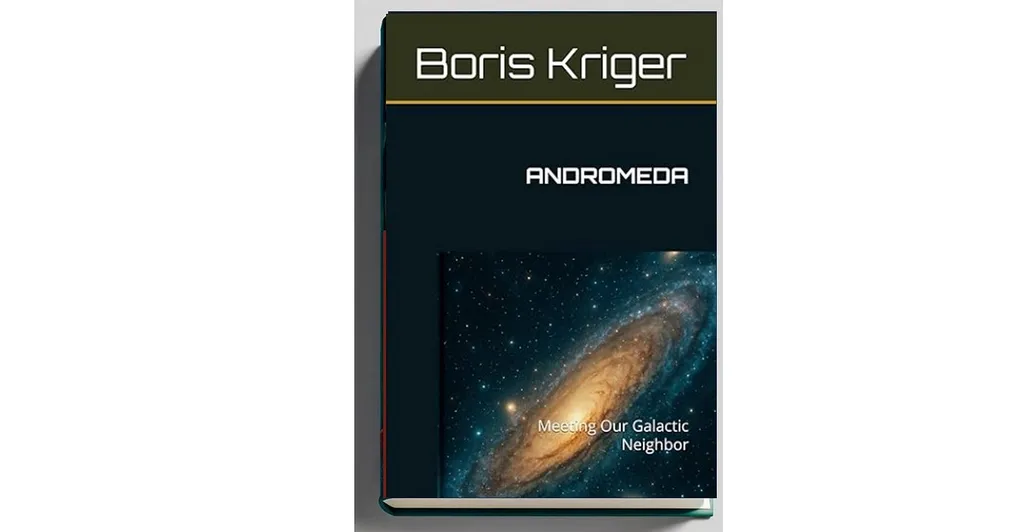In the vast expanse of the cosmos, stars and other celestial bodies are far from static; they pulsate, explode, and flicker, offering a dynamic spectacle that astronomers have long sought to decipher. The challenge lies in identifying and characterizing these variable and transient objects amidst the noise and sparsity of astronomical data. A recent study published in *The Astrophysical Journal* (which translates to *The Astrophysical Journal* in English) by Shih Ching Fu of the International Centre for Radio Astronomy Research at Curtin University presents a novel approach to tackle this very problem, with potential implications that stretch beyond the stars and into the energy sector.
Large-scale astronomical surveys, such as those planned for the Vera C. Rubin Observatory and precursors to the Square Kilometre Array, aim to map the sky with unprecedented detail. These surveys will generate massive amounts of data, making it crucial to develop efficient and accurate methods for identifying variable and transient objects. Traditional methods often rely on parametric assumptions about the shape of light curves—the graphs that plot the changing brightness of celestial objects over time. However, the diversity of objects in the sky makes such assumptions problematic.
Fu’s research introduces a Gaussian process (GP) regression approach that sidesteps these issues. “Our approach makes no assumptions about the shape of a light curve,” Fu explains. “This generality allows us to detect a wide range of variable and transient source types, from pulsating stars to exploding supernovae.”
The study applies this method to 6,394 radio light curves from the ThunderKAT survey, comparing its results with two commonly used variability metrics in radio astronomy, η_ν and V_ν. The findings reveal that the GP approach has better discriminatory power and interpretability. “By using the joint distribution of GP amplitude hyperparameters, we can distinguish variable and transient candidates from nominally stable ones more effectively,” Fu notes.
The implications of this research extend beyond astronomy. In the energy sector, for instance, similar time series analysis techniques could be applied to monitor and predict the performance of renewable energy sources, such as solar and wind power. The ability to detect anomalies and transients in energy production data could lead to more efficient maintenance and improved reliability.
Moreover, the hierarchical modeling approach used in this study could be adapted to other fields requiring robust statistical representations of complex, noisy data. “Our framework is flexible and can be deployed to other surveys with minimal modifications,” Fu says, highlighting the accessibility of the computational notebooks provided in Python and R.
As astronomical surveys become more sophisticated, the need for advanced data analysis techniques will only grow. Fu’s research offers a promising step forward, demonstrating how innovative statistical methods can unlock the secrets of the universe and, potentially, drive advancements in other sectors. By making the tools and techniques accessible, the study invites collaboration and further exploration, paving the way for a future where the stars and the energy grid alike are better understood and more efficiently managed.

